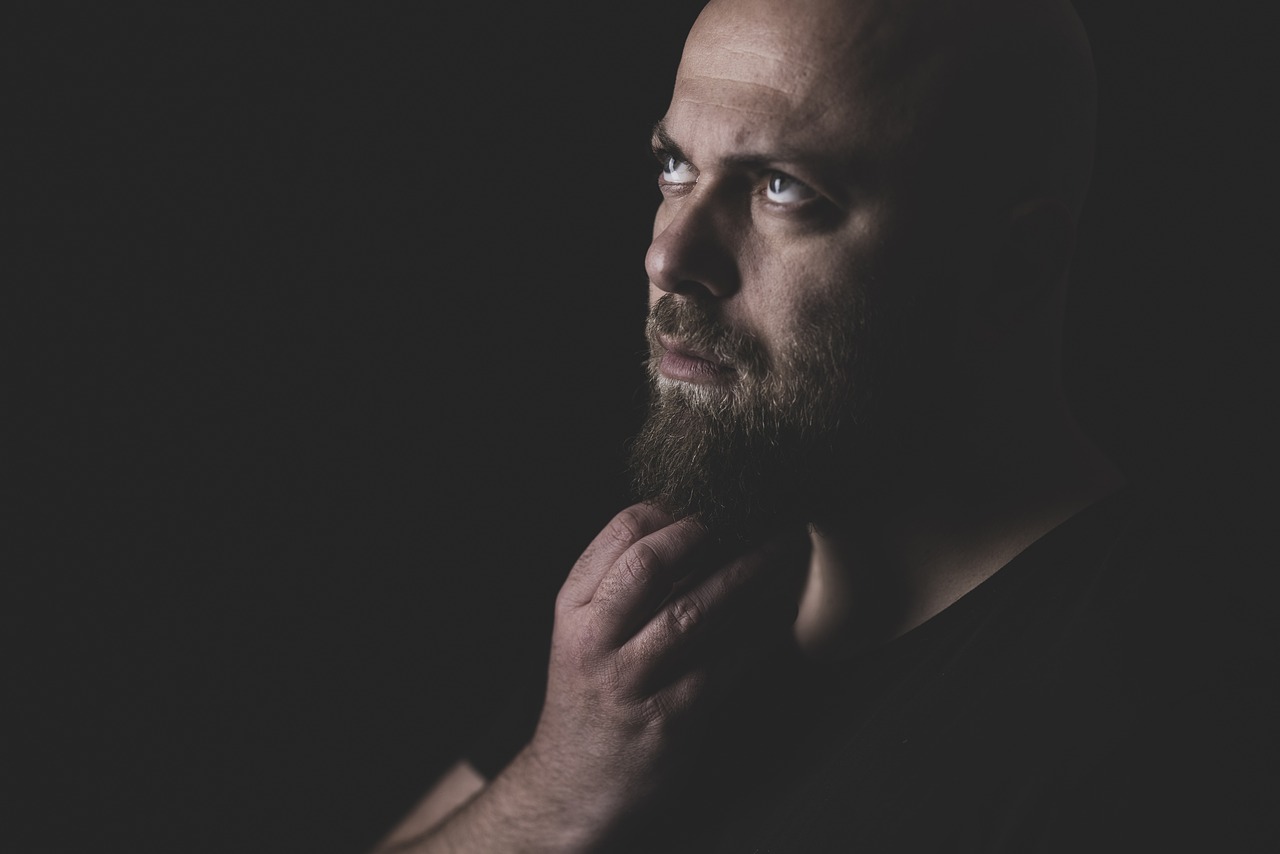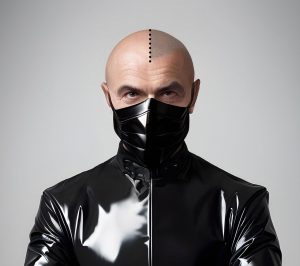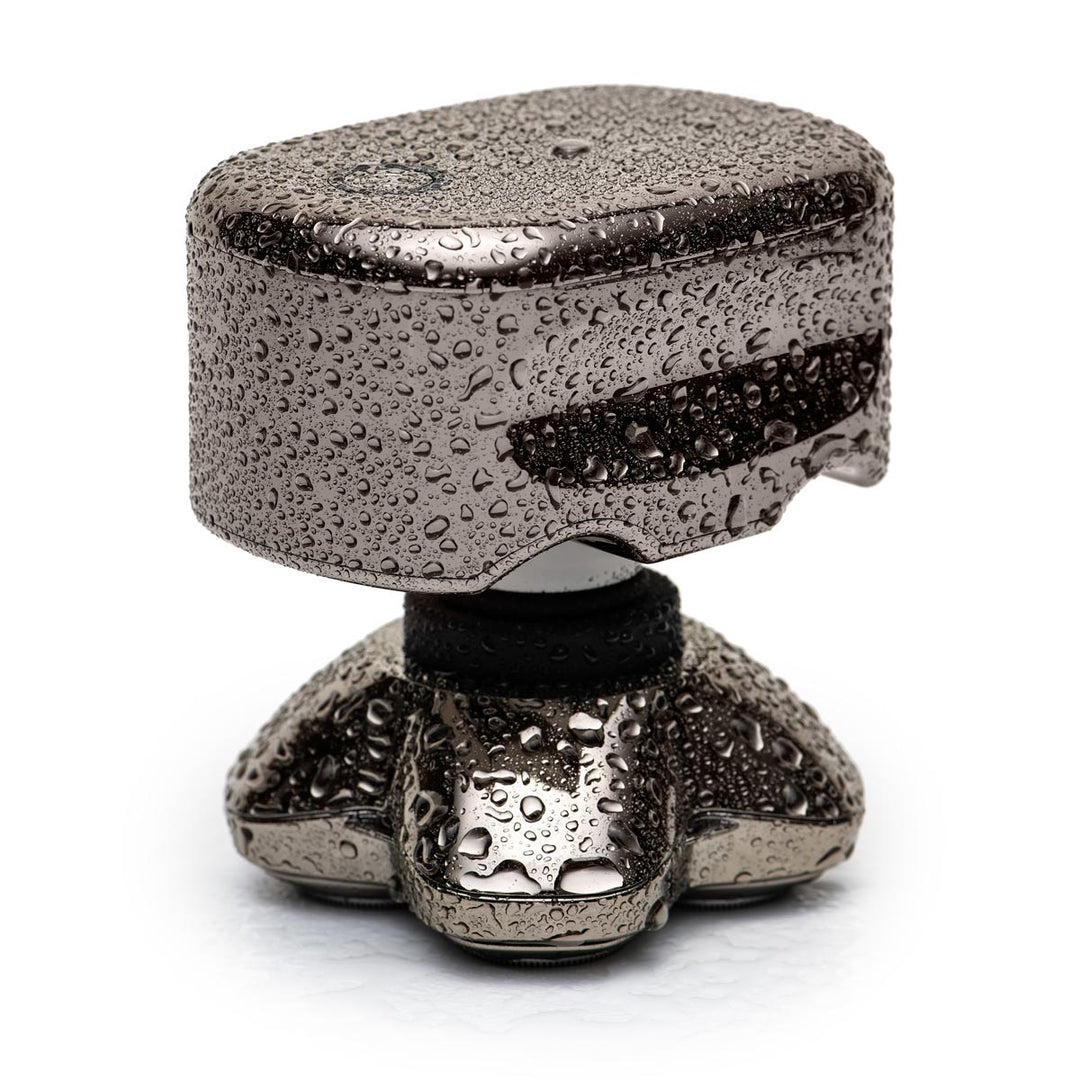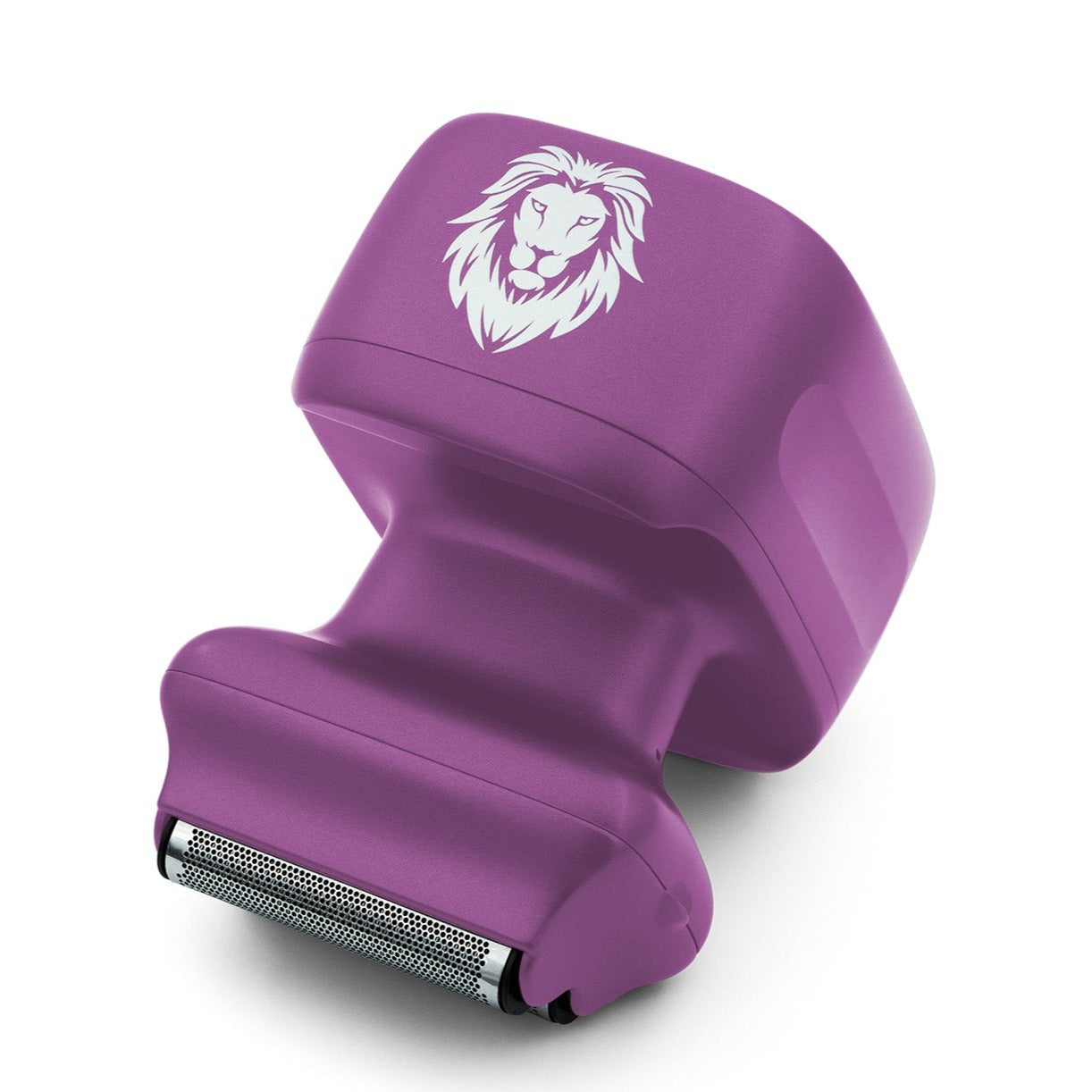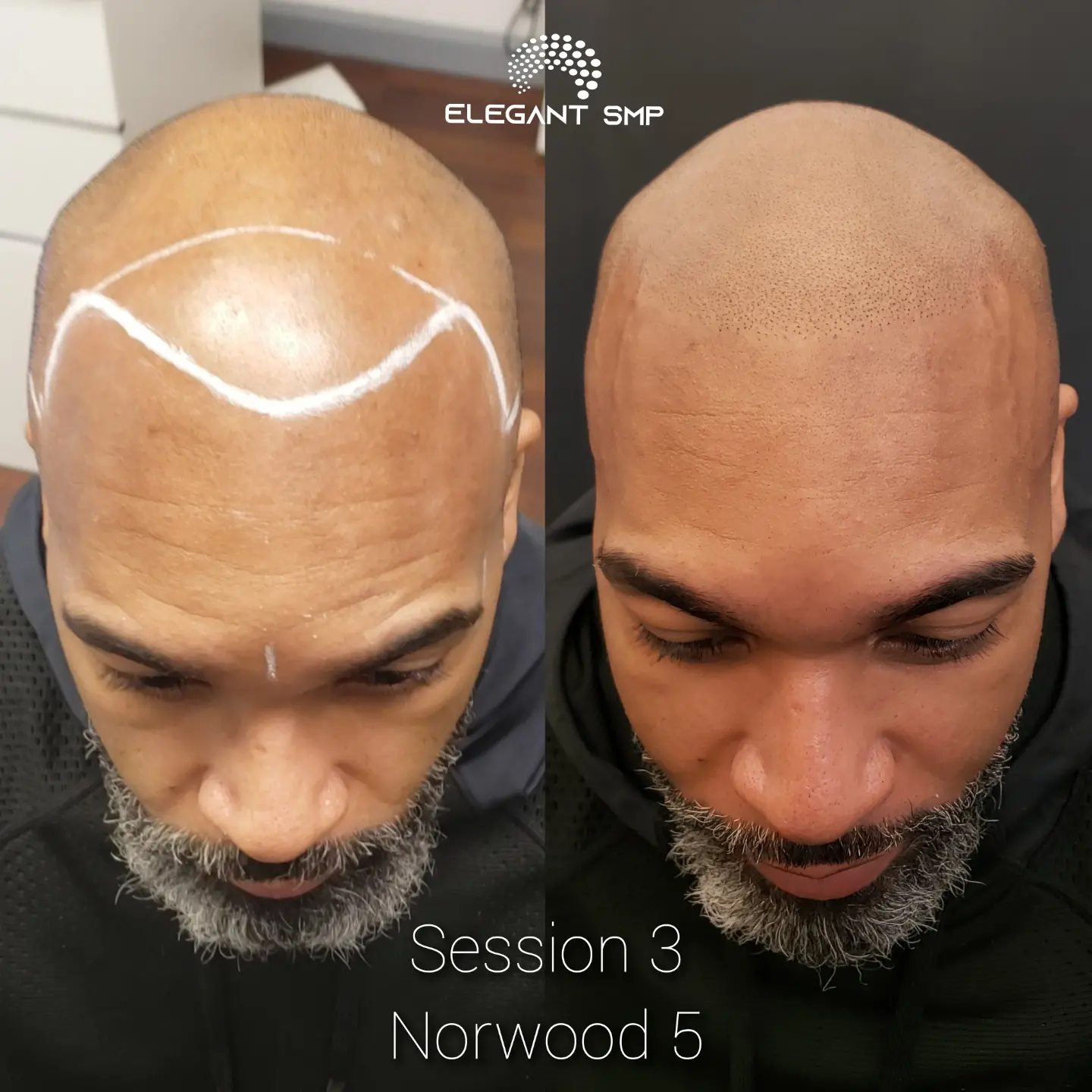At Elegant SMP, we understand that a small white bulb at the end of your hair can be a cause for concern. Whether you’re noticing it occasionally or more frequently, it’s essential to know what this white bulb signifies and what actions you can take to address it. In this comprehensive guide, we’ll delve into the details of the white bulb at the end of your hair, its role in the hair growth cycle, and how to deal with it effectively.
Table of Contents

The White Bulb: An Indicator of Club Hair
If you've ever observed a small white bulb at the end of a hair strand, you may be wondering what it is. This white bulb is known as a club hair. Club hairs contain a bit of protein at the end, which serves to anchor the hair to the scalp. Losing a club hair signifies that a hair strand has reached the telogen phase of the hair growth cycle.
It's interesting to note that club hairs are not exclusive to humans. Many mammals, including cats and dogs, also have club hairs. So, if you've ever noticed a small white bulb at the end of your pet's hair, don't fret, it's completely normal!
To understand why the white bulb appears at the end of your hair, it's important to have a grasp of the hair growth cycle and the different phases it goes through.
What Exactly Is the White Bulb?
The white bulb found at the end of your hair is primarily composed of keratin, a protein. Its role is to facilitate the attachment of the hair follicle to the scalp, allowing the hair to grow until it naturally sheds. It's important to note that the white bulb is not the actual hair root but a vital part of the hair follicle during a specific phase of the hair growth cycle.
Occasional loss of one or two club hairs is normal and not a cause for concern. However, if you notice a consistent shedding of club hairs, it could indicate pattern baldness or even be an early sign of alopecia, an autoimmune condition that leads to total hair loss.
To better understand the significance of the white bulb at the end of your hair, let's take a closer look at the hair growth cycle and its different phases.
Understanding the Hair Growth Cycle
The hair growth cycle consists of four phases: anagen, catagen, telogen, and exogen. These phases work together to ensure continuous hair growth while allowing for natural shedding and renewal of hair strands.
Anagen Phase
The anagen phase is the active growth stage during which hair cells divide rapidly, and hair strand length is determined. This is the phase where your hair is in its healthiest state.
Hair follicles can remain in the anagen phase for two to six years before transitioning to the next phase.
Catagen Phase
Following the anagen phase, the catagen phase begins, which is a transitional stage. During this phase, the hair follicle shrinks, and hair growth ceases.
Hair strands spend a much shorter time in the catagen phase, approximately two to four weeks, before entering the next phase.
Telogen Phase
The telogen phase is a resting period for the hair. During this phase, the hair follicle is not actively producing a new hair strand. Instead, it is preparing for the next growth cycle.
New hair development starts during the telogen phase, pushing the old strand away from the follicle. This often results in the characteristic appearance of the white bulb at the end of the hair.
Exogen Phase
The exogen phase marks the point at which the hair strand naturally falls out, typically to be replaced immediately by a new anagen hair. This phase is essential for the renewal and turnover of hair strands.
It’s important to note that not all hair on your scalp is in the same phase simultaneously. On any given day, you might lose up to 100 hair strands without experiencing pattern baldness or permanent hair loss. Approximately 80% of your hair is usually in the anagen phase, while the remaining strands are in the other phases of the hair growth cycle.
Now that we have a better understanding of the hair growth cycle, let’s explore the possible causes of hair loss accompanied by a white bulb.
The Causes of Hair Loss with a White Bulb
Losing hair with a white bulb is normal as long as it doesn't occur excessively or with every hair strand. This indicates that you've lost a hair in the telogen phase rather than during the exogen phase. Several factors can influence hair loss with a white bulb, including:
- Damage caused to the hair: Activities like color dying, bleaching, or using excessive hair products can lead to hair damage and subsequent shedding.
- Overexposure to environmental elements: The sun, heat, and other environmental factors can weaken the hair, causing increased breakage and shedding.
- Insufficient protein intake: Your daily diet plays a significant role in the health of your hair. A lack of protein can contribute to hair loss and the appearance of white bulbs.
If you notice that a significant portion of your hair is falling out with a white bulb at the end, it may be time to consider seeking guidance from a hair restoration specialist who can provide insights into available solutions.
Now that we have a better understanding of what the white bulb means and its causes, let's address the common question of whether hair with a white bulb will regrow.
Will Hair with a White Bulb Regrow?
One common misconception is that the white bulb represents the hair root. However, it's important to clarify that the white bulb is not the root but a protein bulb located at the end of the hair closest to the root. In most cases, hair with a white bulb at the end is likely to regrow, as there is often a new anagen hair ready to replace it.
Hair regrowth is influenced by various factors, including genetics, overall health, and environmental factors. If you're concerned about excessive hair loss or persistent shedding, seeking professional advice from a hair restoration specialist can provide you with personalized insights and recommendations based on your specific situation.
Dealing with Hair Loss
If you’re experiencing hair loss, rest assured that you have options. At Elegant SMP, we offer an innovative solution known as scalp micropigmentation. This precise non-surgical procedure creates the illusion of darker, thicker hair follicles on the scalp.
Scalp micropigmentation involves depositing tiny pigments into the scalp using a micro-needle system, effectively replicating the appearance of natural hair follicles. This technique can be tailored to match your natural hair color, density, and desired style, providing you with a natural-looking result.
Scalp micropigmentation can effectively address issues like pattern baldness, receding hairlines, and visible scar tissue on the head. It also provides the appearance of fuller, thicker hair, enhancing your overall aesthetic.
To learn more about this procedure and how it can help you regain your confidence and look your best, contact Elegant SMP today to schedule a free consultation appointment. Our knowledgeable and experienced team will guide you through the process, answer any questions you may have, and provide you with a personalized hair restoration solution.
In conclusion, the presence of a white bulb at the end of your hair is a natural part of the hair growth cycle. However, if you’re experiencing excessive shedding or have concerns about hair loss, it’s advisable to consult with experts who can guide you on the most suitable solutions. Elegant SMP is here to assist you on your journey to making better & informed decisions for your hair loss situation. Contact us today to take the first step towards achieving the natural-looking and undetectable results you desire using the well-sought-after technique of scalp micropigmentation.

